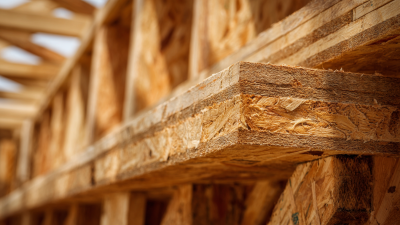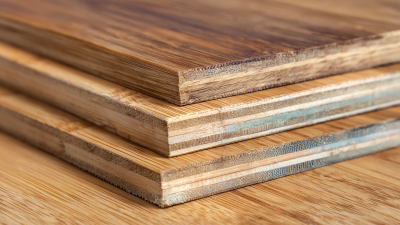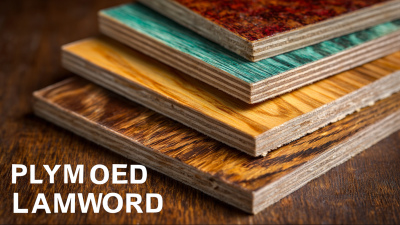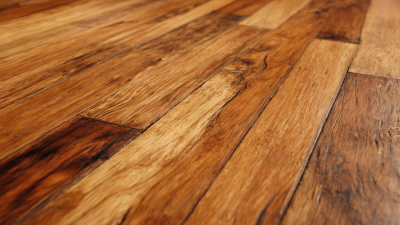Leave Your Message
-
Whatsapp
-
Whatsapp
As the world increasingly embraces sustainability, the demand for eco-friendly home decor solutions has surged, with a notable emphasis on renewable materials. Among these, Ceiling Bamboo Panels stand out not only for their aesthetic appeal but also for their environmental benefits. According to a report by the Forest Stewardship Council, bamboo grows up to three feet a day and can be harvested every 3-5 years without damaging the ecosystem, making it one of the most sustainable building materials available. A recent study published in the Journal of Cleaner Production highlights that bamboo products can sequester carbon, thereby contributing to climate change mitigation efforts. By incorporating Ceiling Bamboo Panels into interior designs, homeowners can not only enhance their living spaces but also contribute to a more sustainable future, aligning with the values of an eco-conscious consumer base that is projected to reach over $150 billion by 2021 as reported by Nielsen.
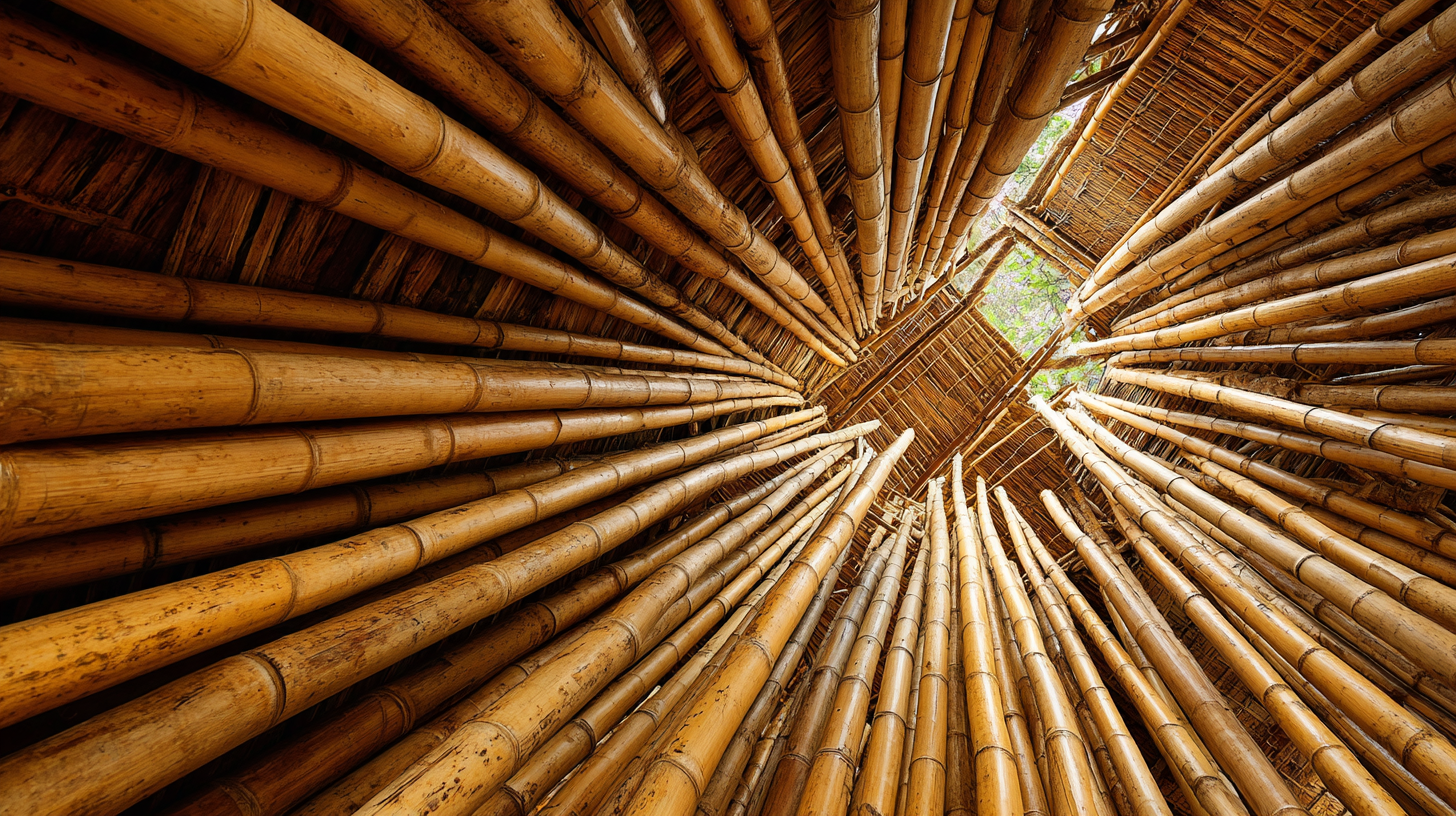
When it comes to selecting the right bamboo type for ceiling panels, understanding the nuances of different species is crucial. Bamboo is known for its rapid growth and sustainability, making it an ideal choice for eco-conscious home decorators. Among the various bamboo types, Moso and Guadua are two popular options. Moso bamboo is renowned for its strength and durability, making it suitable for ceilings that need to withstand the test of time. On the other hand, Guadua boasts a striking aesthetic appeal, with its thicker culms offering a rustic yet elegant charm.
In addition to their physical properties, the choice of bamboo type can significantly affect the overall ambiance of your space. Light-colored bamboo varieties, such as Natural Moso, can create a bright and airy atmosphere, enhancing the feeling of openness in a room. Conversely, darker bamboo finishes, like Carbonized Bamboo, contribute warmth and richness, adding depth to your interior design. Pairing the right bamboo type with your home’s style and lighting will not only enhance its visual appeal but also reinforce your commitment to sustainable living.
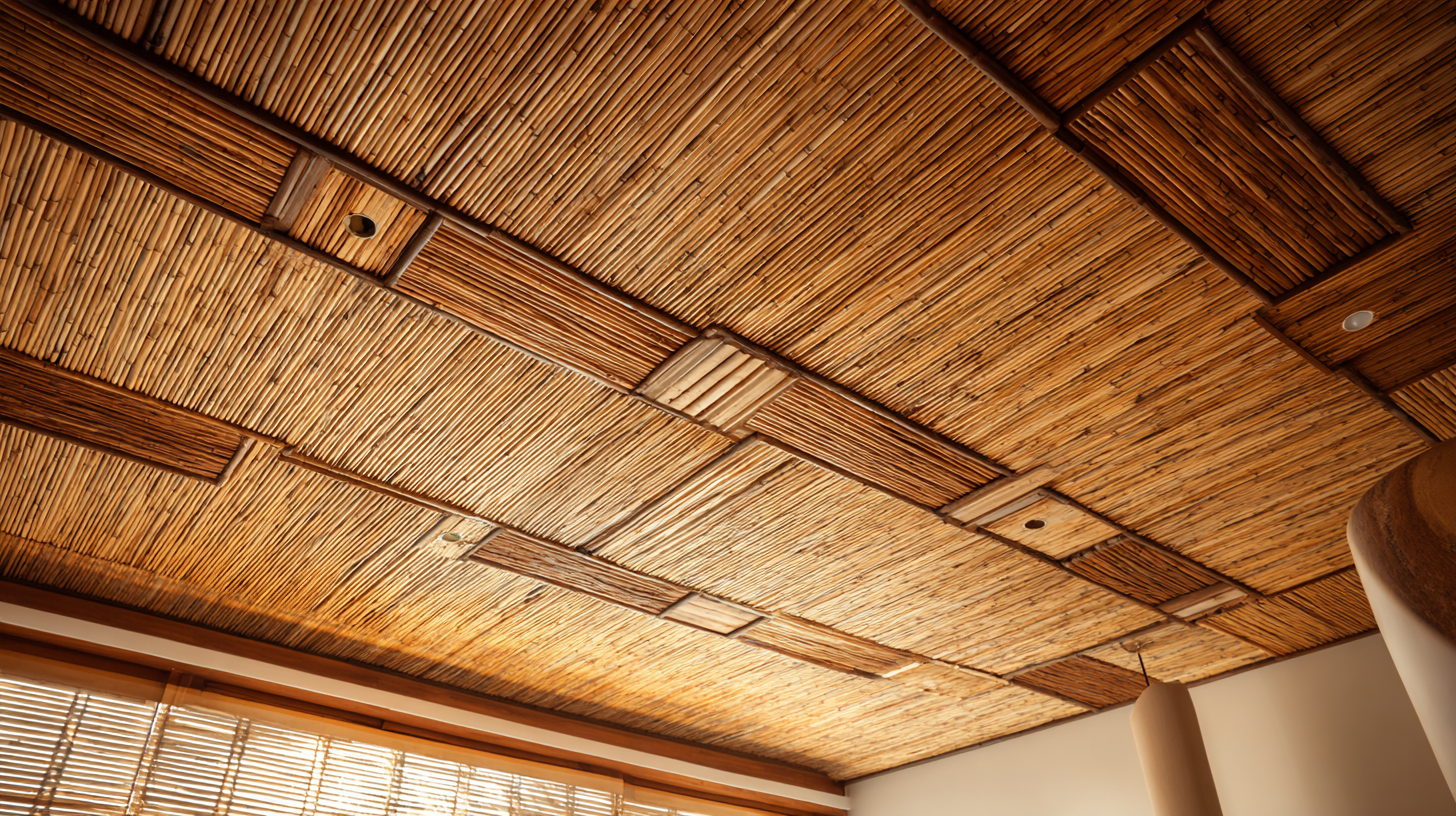
Bamboo panels are becoming an increasingly popular choice for sustainable home decor due to their numerous benefits. One of the most compelling advantages is their eco-friendliness. According to the World Wildlife Fund, bamboo grows up to three feet per day and can be harvested in 3-5 years versus the 20-50 years typically needed for hardwood trees. This rapid growth not only makes bamboo a renewable resource but also helps in carbon sequestration, as a mature bamboo forest can absorb up to 35% more carbon dioxide than an equivalent stand of trees.
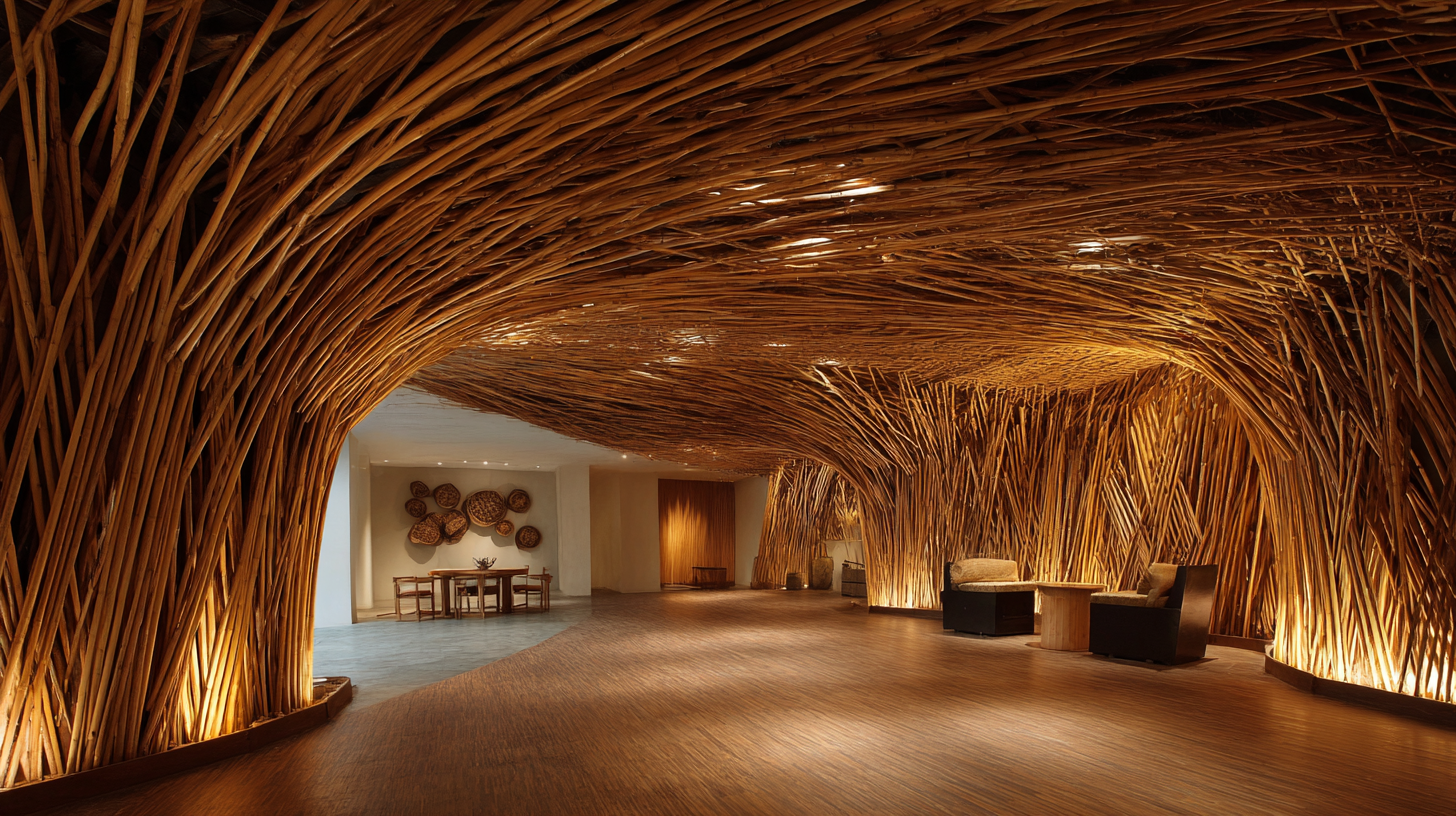
In addition to their sustainability, bamboo panels offer exceptional durability and versatility in design. A study published in the Journal of Sustainable Materials and Technologies indicated that bamboo is not only as strong as steel in terms of tensile strength but also more resistant to moisture and pests when treated properly. This makes bamboo panels ideal for both traditional and contemporary interiors, providing an elegant aesthetic while maintaining structural integrity. Furthermore, the natural thermal and acoustic insulating properties of bamboo panels can enhance indoor comfort, making homes not just more beautiful but also more efficient in energy use.
When it comes to enhancing your home's aesthetic while promoting sustainability, bamboo ceiling panels serve as a perfect solution. These panels not only add a warm, natural glow to any space but also offer creative decorating options that can transform your interiors. One innovative idea is to use bamboo panels in your kitchen. By installing them as a backsplash or ceiling feature, you introduce an earthy element that perfectly complements modern appliances and cabinetry. The contrast between sleek finishes and the organic texture of bamboo creates an inviting atmosphere.
Another exciting way to utilize bamboo ceiling panels is in your living room. Create a statement wall by combining panels of different shades and widths to add depth and interest. This design choice can serve as a stunning focal point, allowing homeowners to express their personal style through a blend of minimalism and nature-inspired design. Additionally, consider incorporating bamboo panels in outdoor spaces, like patios or sunrooms, where you can bring the beauty of the outdoors inside, enhancing your relaxation and entertaining experiences while staying eco-friendly.
| Panel Type | Dimensions (inches) | Thickness (mm) | Finish Type | Eco-Friendly Certification | Price Range ($) |
|---|---|---|---|---|---|
| Natural Bamboo Panel | 48 x 96 | 3 | Matte | FSC Certified | 60-80 |
| Carbonized Bamboo Panel | 48 x 96 | 4 | Lacquered | LEED Certified | 70-90 |
| Pressed Bamboo Panel | 48 x 48 | 5 | Glossy | Bamboo Verified | 50-70 |
| Bamboo Veneer Panel | 24 x 96 | 1.5 | Natural | FSC Certified | 40-60 |
| Bamboo Fiber Panel | 48 x 96 | 4 | Textured | EcoLabel | 65-85 |
| Engineered Bamboo Panel | 48 x 96 | 5 | Satin | GreenGuard Certified | 80-100 |
| Bamboo Sandwich Panel | 48 x 48 | 6 | Textured | ISO 14001 | 75-95 |
When it comes to maintaining the beauty of your bamboo ceiling panels, regular care is essential. To keep these panels looking fresh and vibrant, start by dusting them weekly with a soft, dry cloth. This simple practice prevents the buildup of dirt and grime, preserving the natural luster of the bamboo. For deeper cleaning, use a damp cloth with a mild detergent. Be sure to wipe in the direction of the bamboo grain to avoid damaging the surface. Avoid harsh chemicals, as they can strip the natural oils and lead to discoloration.
In addition to cleaning, humidity control plays a crucial role in maintaining your bamboo panels. Bamboo is a natural material that can react to environmental changes, so maintaining a stable indoor humidity level is important. Use a dehumidifier in damp areas and ensure proper ventilation to prevent warping or mold growth. Lastly, consider applying a natural beeswax polish every few months. This not only enhances the wood grain but also provides a protective barrier against moisture and scratches, ensuring your bamboo panels remain a stunning feature of your sustainable home decor for years to come.
When it comes to sustainable home decor, eco-friendly finishes are essential, especially for elements like bamboo ceiling panels. Bamboo is a remarkable material due to its rapid growth and renewability, making it an ideal choice for environmentally conscious homeowners. With the rise of biomaterials in construction, incorporating bamboo not only adds aesthetic appeal but also aligns with a larger movement towards sustainable living. Many designers are now exploring innovative uses of bamboo in conjunction with other materials, creating beautiful and functional spaces that emphasize a connection with nature.
Modern architects and builders are increasingly adopting materials like bamboo for their eco-friendly qualities. Recent trends highlight the importance of energy efficiency and sustainability, showcasing bamboo's role in various building projects. From meticulously crafted bamboo ceiling panels to entire structures wrapped in sustainable materials, the design possibilities are expanding. This approach not only enhances the visual appeal of interiors but also supports a lifestyle that prioritizes environmental responsibility. Embracing these eco-friendly finishes is a step towards creating homes that are both stylish and sustainable, ultimately contributing to a healthier planet.
This chart illustrates the eco-friendly finishes for various bamboo ceiling panels based on their sustainability rating and material density. Higher ratings indicate more sustainable options.
